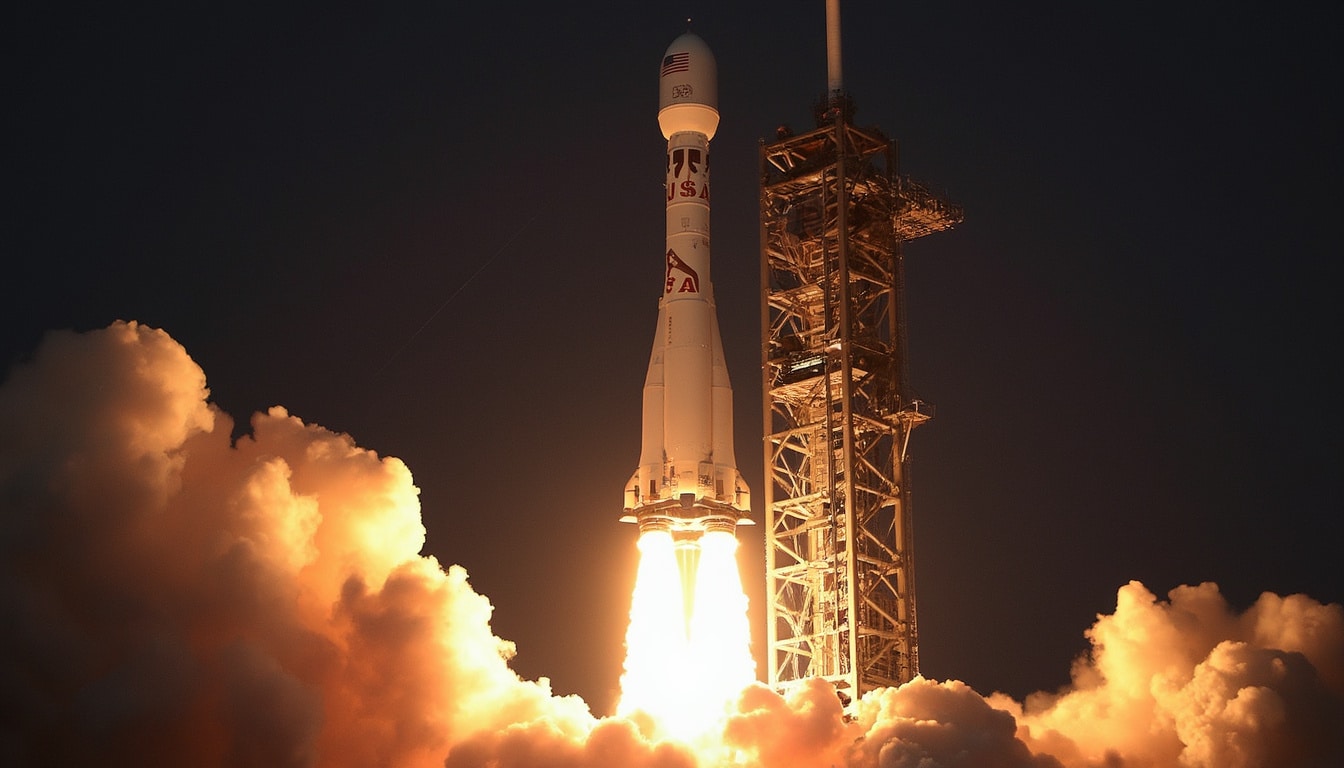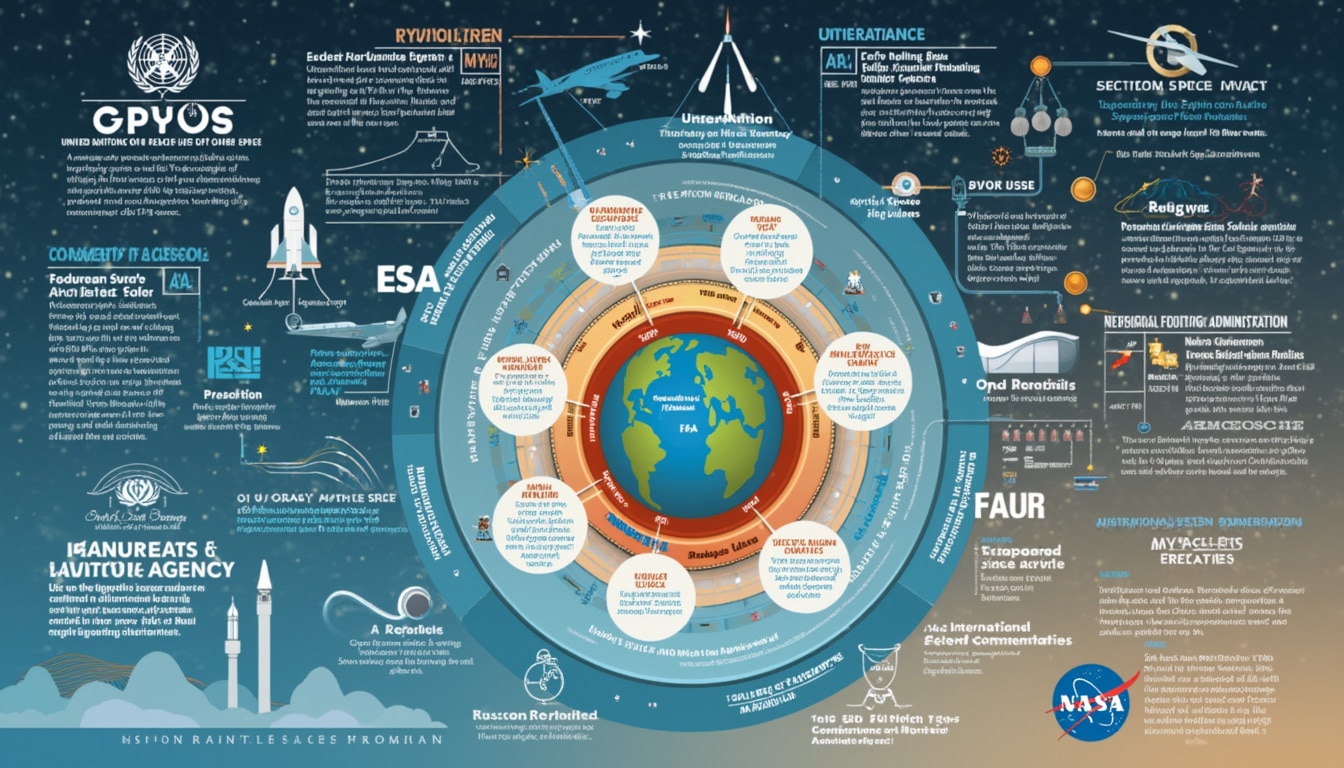The space industry landscape has transformed dramatically, with a singular giant rising above the rest: SpaceX. Founded by Elon Musk, this company has set a standard in the launch market that many new ventures now face. As I reflect on the current challenges and opportunities within this dynamic sector, it’s clear that investors are urging startups not only to avoid direct competition with SpaceX but also to refrain from emulating its business model. Understanding these sentiments is crucial for any burgeoning space company seeking success.
In a recent discussion at the Smallsat Symposium, industry experts emphasized that the crowded launch market leaves little room for newcomers. Despite the significant number of 183 launch companies recorded, the question that looms large is, ‘What can they launch?’ This discussion highlights the precarious nature of the space business, where innovation must be coupled with strategic differentiation if ventures are to find their niche in a market heavily dominated by SpaceX.
Understanding SpaceX’s Market Dominance

SpaceX has solidified its place in the launch sector not merely through technological advancements but also by establishing key relationships and contracts with governments and private enterprises. These factors have created an environment where competing players find it increasingly difficult to gain a foothold. The concept of vertical integration, a hallmark of SpaceX’s operations, has proven advantageous, allowing it to manage production and costs effectively.
Challenges for New Entrants
For the aspiring startup, the challenges are not just operational but also financial. The capital required to achieve a comparable level of capability that SpaceX maintains can be daunting. Many industry commentators, such as Meagan Crawford, founder of SpaceFund, express reservations about the viability of success in such a competitive environment.
Investors are sensitive to the risk that startups face when attempting to replicate the strategies of established entities like SpaceX. They highlight the importance of innovation and specialization rather than imitation, pointing out that startups need to carve their own path if they are to succeed.
Financial Dynamics and Investment Trends
The financial landscape of the space industry has become notable for its volatility. Investment trends oscillate significantly, affected by both investor sentiment and market performance. A recent report indicates a contraction in investment inflows due to the lackluster performance of some prominent companies that went public through SPACs. This trend indicates a need for caution among new space businesses looking to secure funding.
However, investment is not solely focused on companies trying to replicate SpaceX’s model. Investors are increasingly keen on those tackling niche markets or new technologies that differentiate them from the larger players. For instance, companies like Stoke Space and Muon Space have attracted substantial financial backing by focusing on their unique offerings.
Innovative Paths Beyond Imitation

In the quest for innovation, it’s vital for startups to explore avenues that align with their capabilities while remaining distinct from SpaceX. By carving out unique niches, they can mitigate risks associated with direct competition. This idea is echoed by various industry players who stress the importance of differentiation.
Examples of Unique Startups
Stoke Space has successfully raised significant capital aimed at developing reusable launch vehicles tailored for niche markets. These initiatives demonstrate that while old giants pave the way, new entrants can create their own space by focusing on emerging technologies.
Investors and analysts alike advise aspiring companies to avoid simply mirroring SpaceX’s vertical integration strategy, which, while effective for SpaceX, may be impractical for companies with limited resources. They suggest that specialized services such as satellite servicing or Earth observation might provide viable entry points for newcomers.
The Role of Regulation in the Space Industry

Regulatory frameworks have significantly evolved alongside the burgeoning space economy. Understanding these frameworks is essential for any startup that aims to thrive in this space. Recent discussions surrounding regulations have highlighted the complexities that accompany launching space missions.
The Impact of Policy on Startups
The environment shaped by governmental policies can either facilitate progress or hinder new ventures. Evaluating SpaceX’s positioning in relation to antitrust laws offers insights into how regulatory measures can create barriers or opportunities.
Moreover, startup representatives are increasingly advocating for policies that favor emerging players in the industry. This includes calls for comprehensive studies about environmental impacts, urging legislators to consider the long-term sustainability of space exploration efforts.
Technological Innovation and Future Growth

Technological advancement remains a cornerstone of success in the space industry. Continuous innovation drives progress and opens new avenues for growth. Startups must embrace a culture of innovation, leveraging new technologies to set themselves apart from established players like SpaceX.
Emerging Technologies
Adopting cutting-edge technologies can lead to breakthroughs that redefine market dynamics. For example, developments in propulsion systems, satellite technology, and artificial intelligence are proving to significantly enhance operational efficiency.
It’s essential for startups to remain agile, open to change, and ready to iterate on their existing models. Companies that prioritize R&D investments may find themselves in a better position to innovate, thus avoiding the potential pitfalls of merely imitating SpaceX.
Building a Sustainable Future in Space

The ultimate goal for the space industry is to build a sustainable future. To achieve this, startups must focus on environmentally friendly practices and technologies. Collaborating with policy makers to establish a framework that favors sustainability can enhance the prospects for new entrants in this evolving market.
Investor Perspectives on Sustainability
Investors are becoming increasingly concerned about the environmental footprints of space missions. Initiatives that prioritize sustainable practices may not only attract investment but also foster goodwill with stakeholders and the public. The impact of regulations on the upcoming missions, including environmental studies, are points of significant interest.




Leave a Reply